CANCEL
2025-04-17 17:17:54
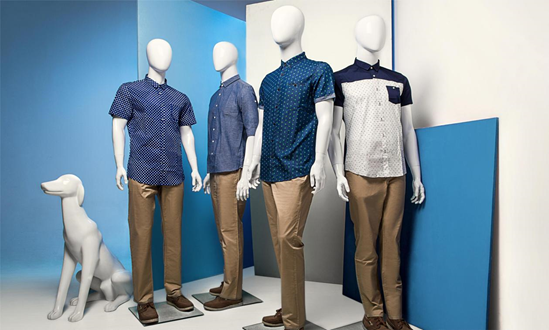
Fiberglass is a common material for high-end mannequins, especially sports models.
Advantages: Fiberglass has high strength, corrosion resistance and anti-aging properties, suitable for long-term outdoor or high-intensity use; the surface is smooth and can be finely painted to simulate real skin color or artistic effects.
Disadvantages: heavy weight, inconvenient to carry; high production cost, and complex to repair after damage, requiring professional personnel to handle

Polyurethane is often used for models that require high details, such as fashion store displays or customized designs, due to its softness and simulation effect.
Advantages:The touch is close to real skin, with good elasticity and wear resistance, suitable for frequent posture adjustments; it is highly waterproof and not easily deformed by humidity
Disadvantages: Long-term exposure to ultraviolet rays can easily turn yellow, affecting appearance; poor air permeability may cause dust to accumulate on the surface; the cost is higher than ordinary plastic materials
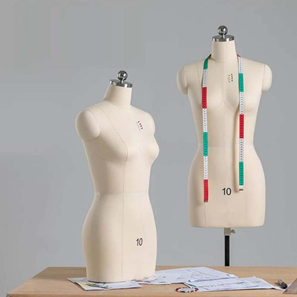
Plastic material has become the mainstream choice in the retail industry due to its lightness and economy.
Advantages:Lightweight and low cost, suitable for mass production and quick replacement; some plastics (such as polypropylene) are resistant to chemical corrosion and easy to clean and maintain.
Disadvantages: Poor durability, prone to cracks due to temperature changes or external forces; the surface texture is relatively rigid, lacking the sense of reality required for high-end displays.
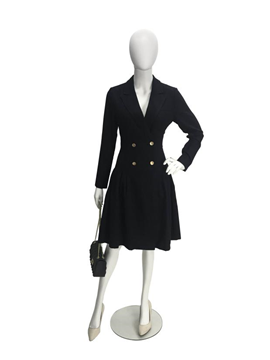
Traditional wooden models are often found in vintage style shops or art studios.
Advantages:Environmentally friendly and simple in shape, it is suitable for specific theme displays; some woods (such as oak) are very stable and can be preserved for a long time.
Disadvantages: It is susceptible to moisture, mildew or insect damage; it is heavy and has poor flexibility, making it difficult to adjust the posture.
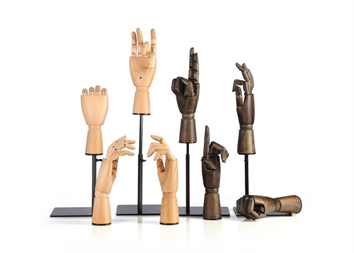
Suitable for small batches, complex designs or customized needs, but with a trade-off between cost, performance and production efficiency.
Advantages:Design freedom, support for complex geometries; reduce waste, use additive manufacturing, high material utilization
Disadvantages: Layer lines or rough surfaces are prone to occur, and post-processing (such as polishing) is required to improve accuracy; the layer-by-layer printing speed is slow and it is difficult to mass-produce.
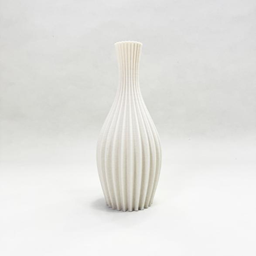
In different scenarios, material selection needs to balance function and cost:
Commercial retail:Prioritize lightweight plastic or PU materials, taking into account both cost and display effect;
High-end brands:Fiberglass or composite materials can better highlight the texture;
Artistic creation:Traditional wood or 3D printing provides more creative space.
In the future, with the development of materials science, more environmentally friendly, durable and intelligent materials will promote the innovation of human body model design.